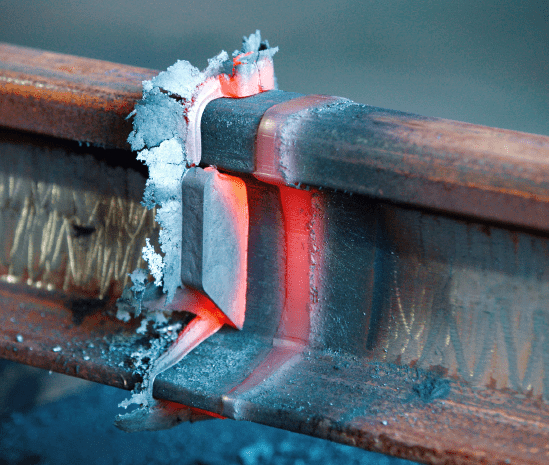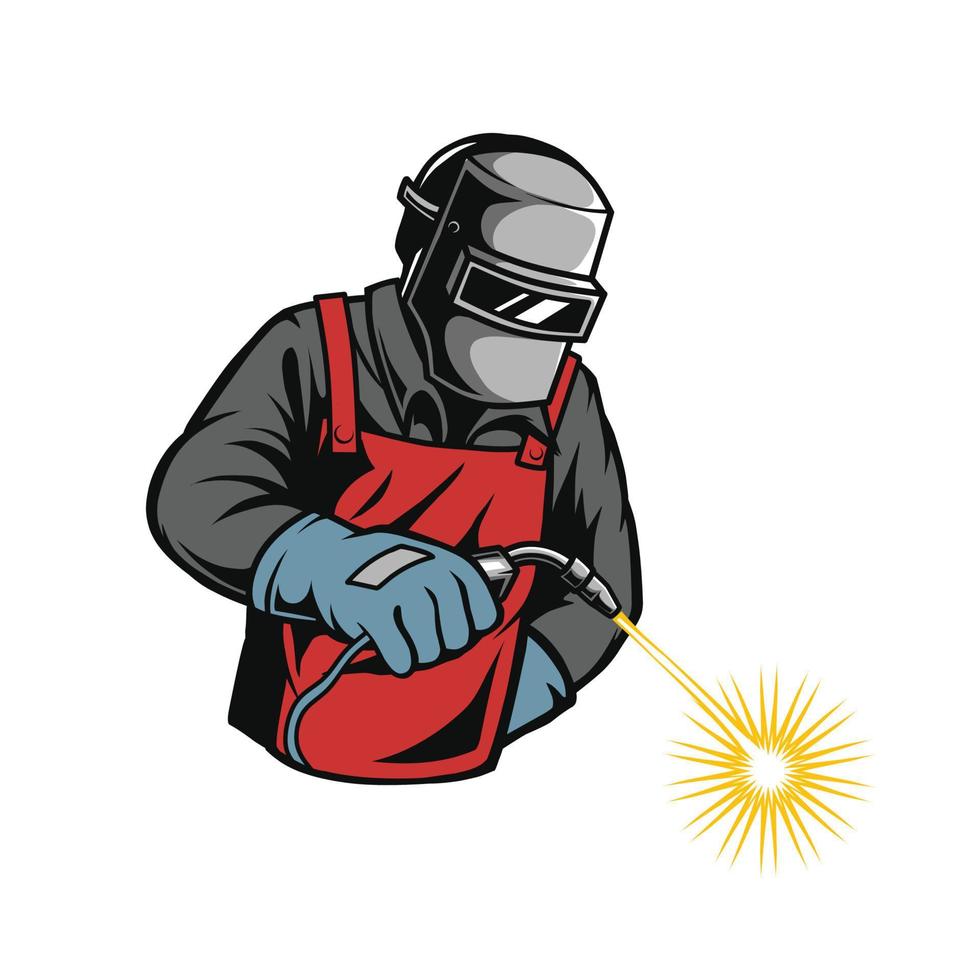Welding WPS Explained: Key Parts and Benefits for Your Welding Procedures
Getting Welding Excellence: Introducing the Tricks of WPS Application and Optimization
In the world of welding, attaining quality is a quest that pivots on the precise implementation and optimization of Welding Treatment Requirements (WPS) These foundational records serve as the backbone of welding operations, dictating the specifications and treatments required for creating top quality welds constantly. Nonetheless, the keys to unlocking the complete possibility of WPS exist not just in recognizing its significance but likewise in understanding the ins and outs of its implementation and optimization. By diving right into the crucial elements, strategies, difficulties, and best techniques linked with WPS, a globe of welding excellence awaits those that want to explore its depths.
Importance of WPS in Welding
The Importance of Welding Procedure Requirements (WPS) in the welding market can not be overstated, offering as the backbone for guaranteeing consistency, quality, and safety in welding operations. A WPS supplies in-depth instructions on how welding is to be performed, including crucial variables such as products, welding procedures, joint style, filler metals, preheat and interpass temperatures, welding currents, voltages, traveling speeds, and a lot more. By sticking to a distinct WPS, welders can keep harmony in their work, resulting in constant weld quality across different projects.

Trick Elements of WPS
Going over the integral components of a welding treatment specification (WPS) is vital for comprehending its role in welding operations. One crucial facet of a WPS is the welding procedure specification, which outlines the details welding processes to be used, such as gas tungsten arc welding (GTAW) or protected steel arc welding (SMAW) By integrating these essential aspects right into the WPS, welding treatments can be standard, making sure quality, efficiency, and safety in welding procedures.
Approaches for WPS Optimization

Second of all, training and certification of welding employees according to the certain demands of the WPS is critical. Giving comprehensive training programs and making sure that welders are accredited to execute treatments detailed in the WPS can bring about greater quality welds and minimized rework.
In addition, leveraging technology such as welding software and tracking systems can aid in enhancing WPS. These devices can assist in tracking variables, making certain parameters are within defined limits, and providing real-time feedback to welders, allowing them to make prompt changes for enhanced weld high quality.
Usual Obstacles and Solutions
Encountering barriers in implementing the methods for WPS optimization can prevent welding procedures' efficiency and quality. One typical difficulty is insufficient training or understanding of the welding treatment requirements (WPS) amongst the welding group. This can bring about inappropriate implementation of welds, leading to issues and remodel. To address this, detailed training programs must be carried out to guarantee that all welders are competent in analyzing and applying WPS properly.
An additional difficulty is the absence of proper documentation and record-keeping, which is important for WPS optimization. Without clear records of welding criteria, materials made use of, and examination outcomes, it ends up being difficult to determine locations for improvement and make sure consistency in welding processes. Applying a robust documents system, such as digital welding management software application, can aid simplify record-keeping and assist in information analysis for continual improvement.
Furthermore, inconsistent welding equipment calibration and maintenance can posture a considerable obstacle to WPS you could check here optimization. Normal devices checks, calibration, and upkeep routines need to be stuck to purely to make sure that welding criteria are precisely managed and maintained within the defined tolerances (welding WPS). By addressing these usual difficulties with positive solutions, welding procedures can enhance effectiveness, high quality, and general welding quality
Ideal Practices for WPS Implementation
To ensure successful WPS execution in welding procedures, adherence to industry criteria and precise interest to detail are extremely important. When launching WPS execution, it is crucial to begin by thoroughly recognizing the certain welding needs of the project. This entails an extensive testimonial of the welding procedure specs, materials to be bonded, and the ecological problems in which the welding will happen.
Once the demands are clear, the next step is to select the proper welding treatment that lines up with these specs. This entails seeking advice from the relevant codes and requirements, such as those offered by the American Welding Culture (AWS) or the International Company for Standardization (ISO), to make certain conformity and quality.
Furthermore, recording the entire WPS implementation process is important for traceability and quality assurance. Detailed records should be kept pertaining to welding criteria, material prep work, interpass and preheat temperatures, welding consumables used, and any type of inconsistencies from the original treatment. Normal audits and reviews of the WPS can help recognize locations for renovation and guarantee recurring optimization of that site the welding procedure.


Final Thought
Finally, the execution and optimization of Welding Procedure Specifications (WPS) is essential for achieving welding quality. By understanding the crucial elements of WPS, executing effective techniques for optimization, dealing with common challenges, and following ideal methods, welders can make sure top notch welds and risk-free working problems. It is critical for experts in the welding industry to prioritize the appropriate execution of WPS to enhance total welding efficiency and achieve wanted results.
The Relevance of Welding Procedure Specs (WPS) in the welding industry can not be overstated, serving as the foundation for guaranteeing uniformity, quality, and safety and security in welding procedures. A WPS provides detailed directions on just how welding is to be carried out, including necessary variables such as materials, welding processes, joint layout, filler steels, interpass and preheat temperature levels, welding currents, voltages, traveling speeds, and more. One essential aspect of a WPS is the welding process specification, which details the certain welding processes to be made use of, such as gas tungsten arc welding (GTAW) or secured metal arc welding (SMAW) By click this site integrating these key elements right into the WPS, welding procedures can be standardized, ensuring top quality, performance, and safety and security in welding operations.
It is essential for experts in the welding industry to prioritize the proper execution of WPS to enhance total welding performance and accomplish wanted outcomes.